(Be sure to register for “The Cannabis Gold Rush” LunchNLearn webinar, Wednesday, March 18, at 1 pm ET.)
Cannabis, once widely spurned by authorities as an illicit drug, is gaining legal status in a number of geographies around the globe. Research firm Smithers reports that the value of the legal cannabis market globally will more than double from $21 billion in 2019 to $55 billion in 2024.
Cannabis products also have special packaging requirements, depending on the chemical content of cannabis-based products and the strain of cannabis sativa, or hemp, from which it is extracted. Smithers forecasts that as the market evolves, the value of packaging for legal cannabis products will rise from $493 million to exceed $1.63 billion in 2024. This is equivalent to a year-on-year growth rate of around 24%, well in excess of other more established consumer goods.
“Packaging for cannabis presents some unique challenges however, both due to the nature of the product itself, and the nascent industry that is only now establishing itself for legalized supply,” according to Smithers. “For packaging converters and suppliers that can adapt their products to this industry it presents strong potential for premium packaging formats, which will reward the development of value-adding packaging concepts.”
While this is a high-growth market opportunity for packaging converters, it is also still a Wild West environment, and there are many misunderstandings about what it is comprised of, what’s legal and what’s not, and what the actual benefits of cannabis-derived products are from a health and well-being perspective. This article provides an overview of the current state of the market, including definitions, and applications, as well as developments in packaging and even apparel.
Are Cannabis and Marijuana the Same Thing?
This is a common question, and a common point of confusion in the market. As a little bit of background, cannabis sativa, a member of the hemp family, is the name I knew marijuana by in the 60s (dating myself). While 33 states in the U.S. have made marijuana legal for either medical or recreational purposes or both, it is still illegal at the federal level. However, a landmark federal event in 2018 is responsible for the surge in growth in the U.S. market, but also some of the confusion that still reigns.
The Hemp Farming Act of 2018 was proposed to remove hemp (defined as cannabis with less than 0.3% THC, or tetrahydrocannabinol—the psychoactive component of marijuana) from Schedule I controlled substances and making it an ordinary agricultural commodity. Its provisions were incorporated in the 2018 United States Farm Bill that became law on Dec. 20, 2018.
This has opened the market for another hemp extract, cannabidiol, more commonly known as CBD, which is legal in 46 states but still technically illegal at the federal level.
Within the hemp family, there are a number of varietals that have been developed, one of which is the industrial hemp version that has 0.3% or less THC and so is in compliance with the 2018 Farm Bill.
“Hemp and marijuana are actually the same plant, but there are a number of different varietals of that plant—think of a red rose and a white rose with the red rose being hemp and the white rose being marijuana. The ‘red rose’ varietal that has less than 0.3% THC is known as industrial hemp, is legal following the passage of the Farm Bill in 2018, and is the plant from which we source our products,” said Christopher Lackner, VP of Public Affairs at Mile High Labs, a reliable source of cannabis-based components.
So both hemp and marijuana are in the same family, but CBD isolate, the purest form of CBD (a white powder), is derived from the hemp varietal that complies with the Farm Bill requirements.
“CBD is an under-investigated compound that has the potential to benefit many [health] conditions. While it does have side effects, it appears as if it could be a safer alternative to highly addictive drugs such as opioids or benzodiazepines. And thanks to a recent surge in research, we’ll be learning a lot more about its capabilities and limits in the next five years,” said Dr. Jeffrey Chen, executive director of the UCLA Cannabis Research Initiative in a recent TED Talk.
Although the FDA regulates what can be said with respect to the health benefits of CBD products, many believe there are a wide range of benefits, from pain and stress relief, to treating cancer, tremors, arthritis and more. And there is a significant amount of research underway to validate the anecdotal benefits patients have received from CBD. It is not clear when the FDA will actually issue its CBD-related regulations, which would presumably remove most of the confusion from the marketplace.
So while industrial hemp and CBD are legal, sort of, there is a dearth of regulation; thus, the Wild West environment. In an informative—but perhaps unduly alarmist—CNN segment, “Weed 5,” Dr. Sanjay Gupta explained the current situation. The bottom line is, until the FDA imposes regulations on this market, it will continue to be a Wild West and consumer beware market. As Gupta pointed out, there are many products on the market, both in physical stores and online, that claim to be CBD but either are not, or have other compounds in them that could be harmful.
Cannabis Packaging Implications
A number of companies are focused on the specific packaging needs of cannabis-based products, while some packaging converters are also jumping on the cannabis packaging bandwagon.
Hippo Packaging was founded four years ago by industry veteran Kary Radestock. Radestock spent almost 20 years with R.R. Donnelley, where she became aware of the growing demand for specialty packaging.
“My die-cutting supplier told me that makers of cannabis products were the only ones really spending money on packaging,” she said. “I didn’t think too much about it until I had five different people walk into the plant looking for packaging for cannabis vaping cartridges. Who walks into a packaging plant looking to order? That got my attention.”
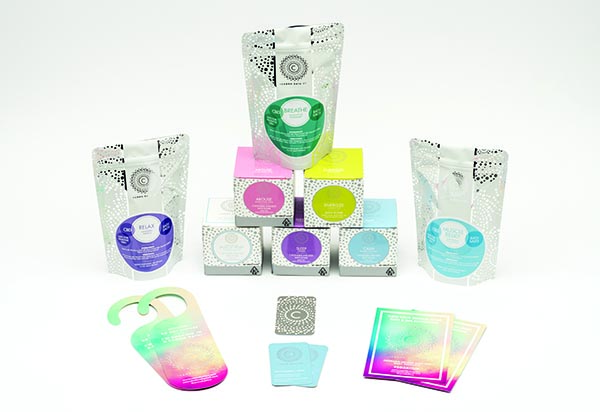
Hippo Packaging produces a variety of packaging and marketing materials for Canna Bath.
Addressing Unique Cannabis Packaging Requirements
One of Radestock’s clients, Northern California-based Canna Bath Co., was a good case study of the special packaging requirements for cannabis-based products. Canna Bath had a plan to produce both THC and CBD bath bombs.
“A challenge for us,” Radestock said, “was figuring out how to package the THC bath bombs in child-resistant packaging, which is required by law for THC-based products. We want to protect kids, but we also want to be mindful of the environment, business models and to not be wasteful with packaging.”
The solution was to put the bath bombs inside a mylar bag to satisfy the child-resistant requirement. CBD products, on the other hand, can use mainstream packaging.
“The only thing we need to be concerned about with CBD products,” Radestock said, “is that you can’t make false health claims around CBD.”
Specialty Packaging Materials for CBD
It’s not only packaging designers and converters that are paying attention to this marketing opportunity, but so are paper manufacturers. Neenah Packaging, a provider of premium packaging papers and custom packaging solutions, has introduced a line of hemp fiber papers into its premium folding board portfolio.
“The market for CBD products is exploding, and we received a number of inquiries looking for papers that have hemp in them to support the CBD market and the CBD-based beauty products that are packaged,” said Brand Manager Michelle Turner. “These are typically small packages with a high market value that fit perfectly into our premium folding board line.”
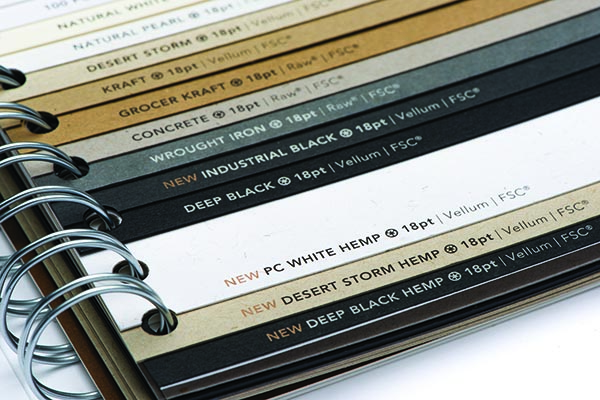
CBD in the Apparel Industry
We are starting to see a number of apparel items that are infused with CBD. One such company is Acabada, a manufacturer of CBD-infused activewear.
“Acabada utilizes a high tech and fully sustainable manufacturing partner in Portugal—one of the only manufacturers in the world who has experience with microencapsulation—to oversee the production process [of our CBD-infused activewear],” said Co-Founder and CEO Seth Baum.
Launched in 2019, Acabada ProActiveWear is the world’s first and only CBD-infused activewear brand, committed to creating innovative, luxury apparel for the proactive woman. Acabada infuses luxe fabrics with the highest quality, organic CBD, to ensure that women will look, feel and perform at their best. With the fast-growing popularity and increased public awareness of CBD, we recognized the natural connection between the reported positive effects that CBD has on pain and inflammation within the fitness and overall personal wellness categories. In addition to the lifechanging testimonials being told about the benefits of CBD, top athletes and global sporting organizations are increasingly embracing CBD and have made it a part of their training and recovery programs.”
Beyond Gold Rush Fever
While there is still a significant amount of work to be done in the world of cannabis, such as proving health benefits of CBD, streamlining regulatory processes, and achieving some consistency in the legalization process around the world, the 2018 U.S. Farm Bill moved the market giant strides forward. As we move through 2020, we expect to see more regulatory clarity, at least in the U.S., and even more opportunity for savvy entrepreneurs to capitalize on this burgeoning market opportunity.
As more companies explore the development of cannabis-based products, they will need packaging converter partners to help them get to market with compelling shelf appeal. And in apparel, the sky is the limit as more post-processing technologies are introduced to infuse CBD into activewear and other apparel items.

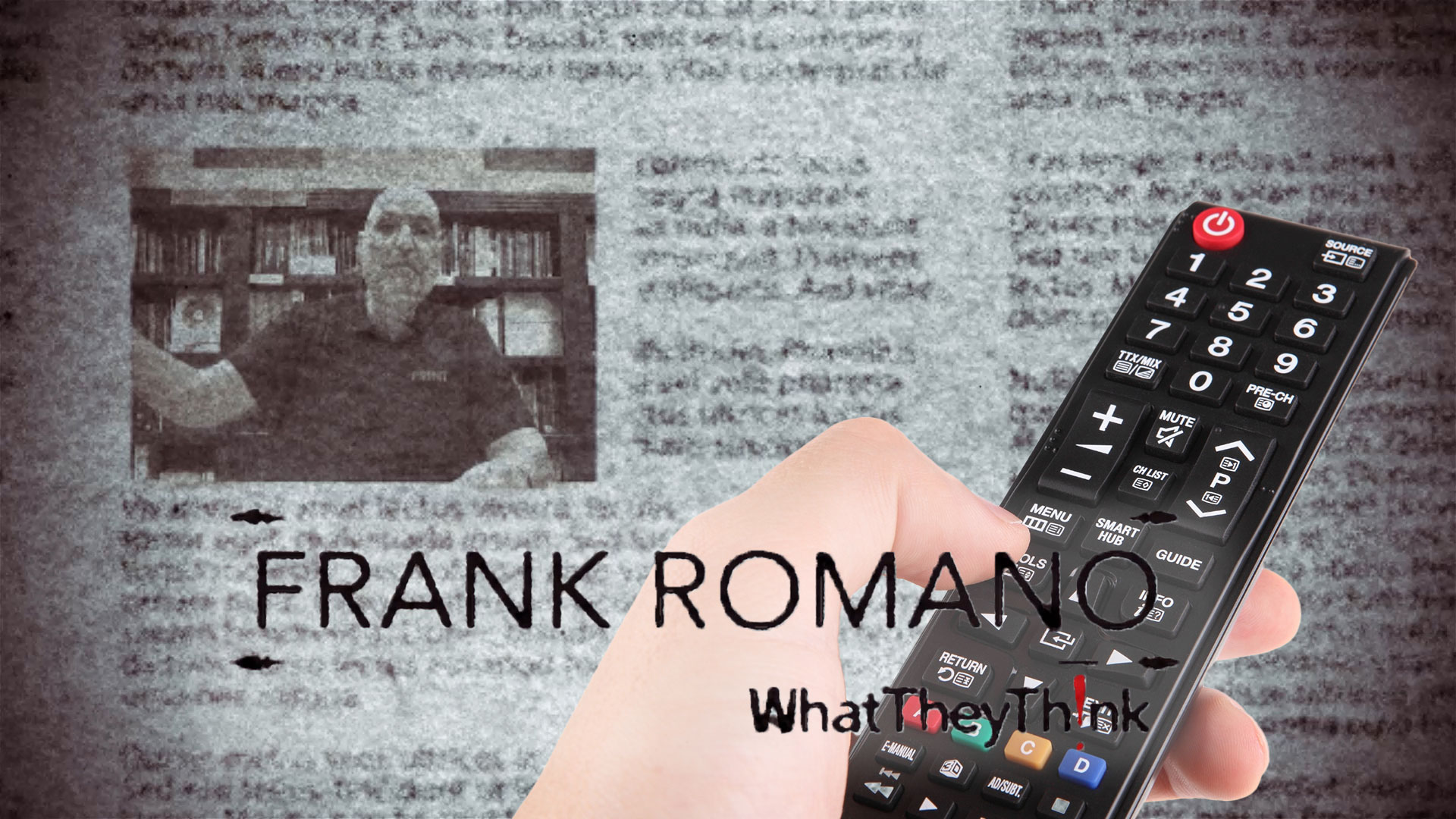
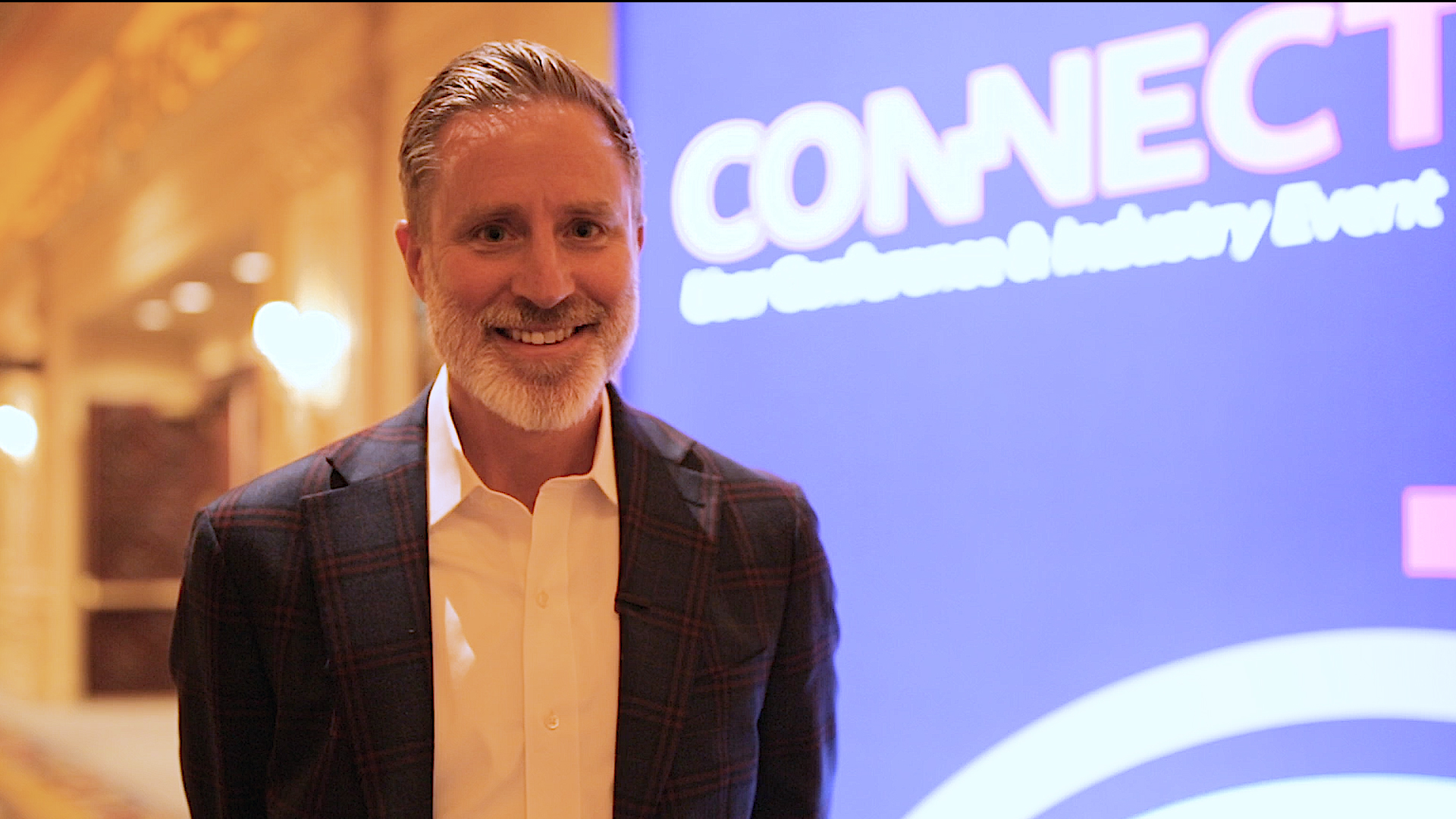





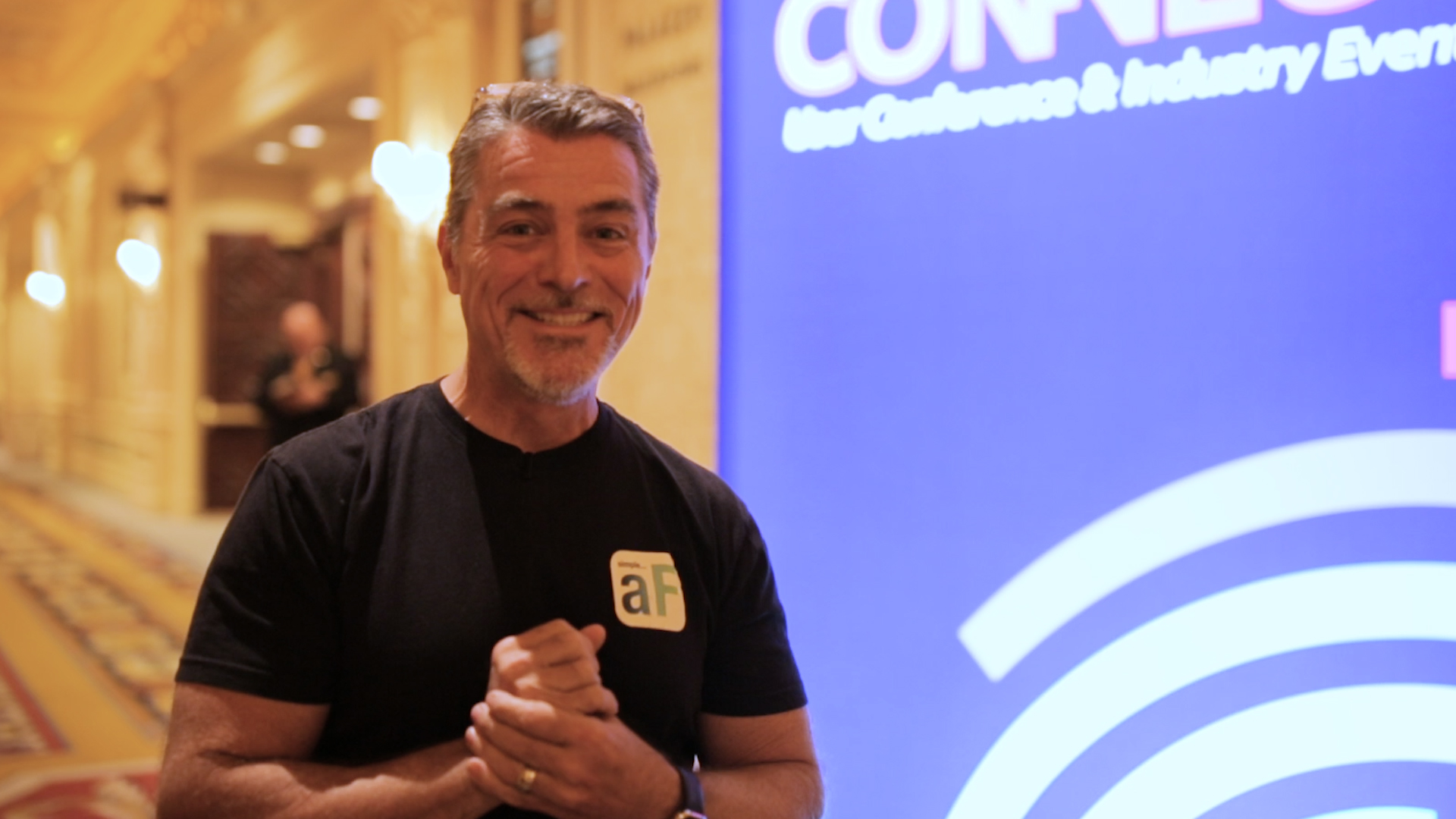
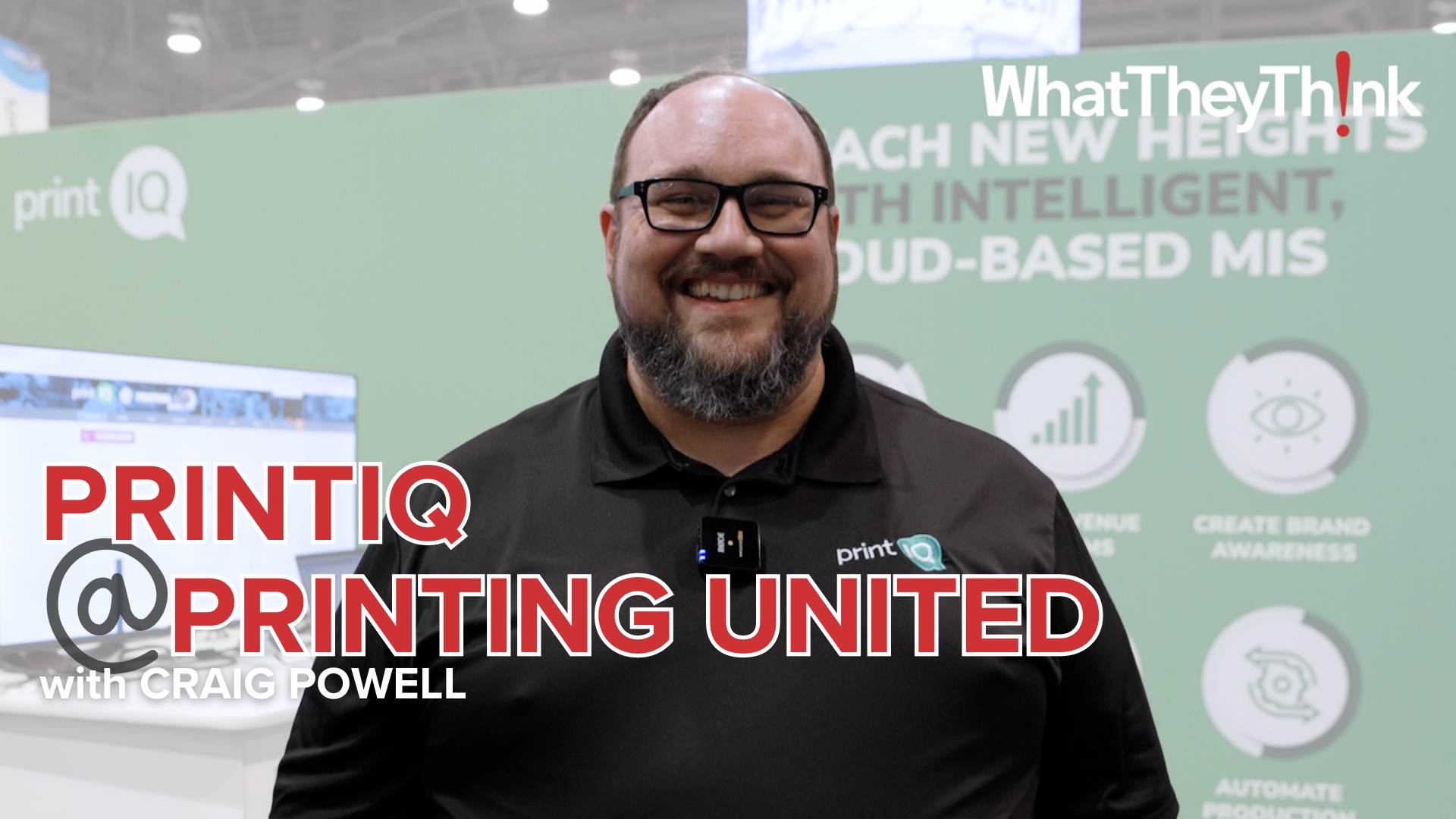
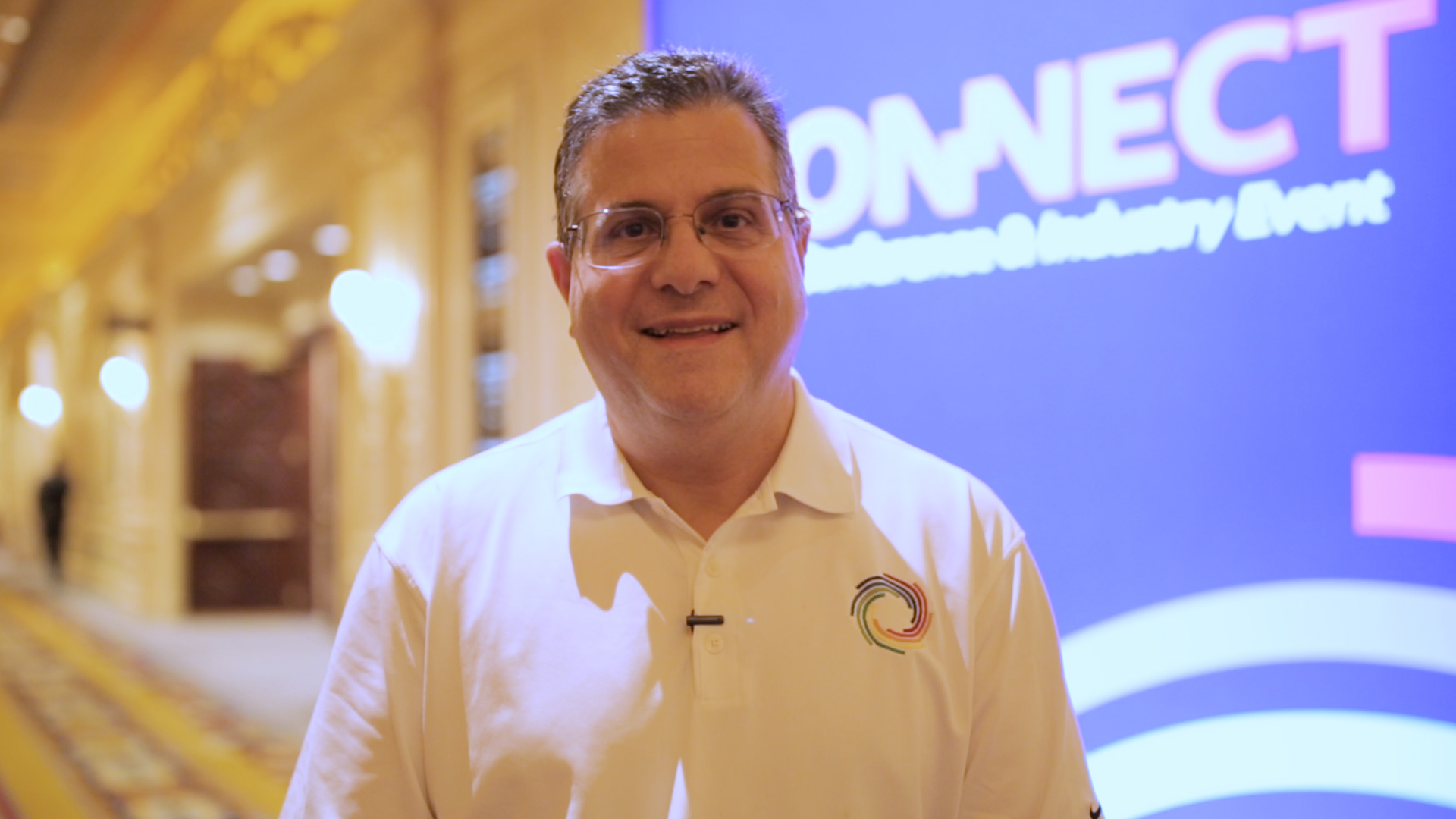
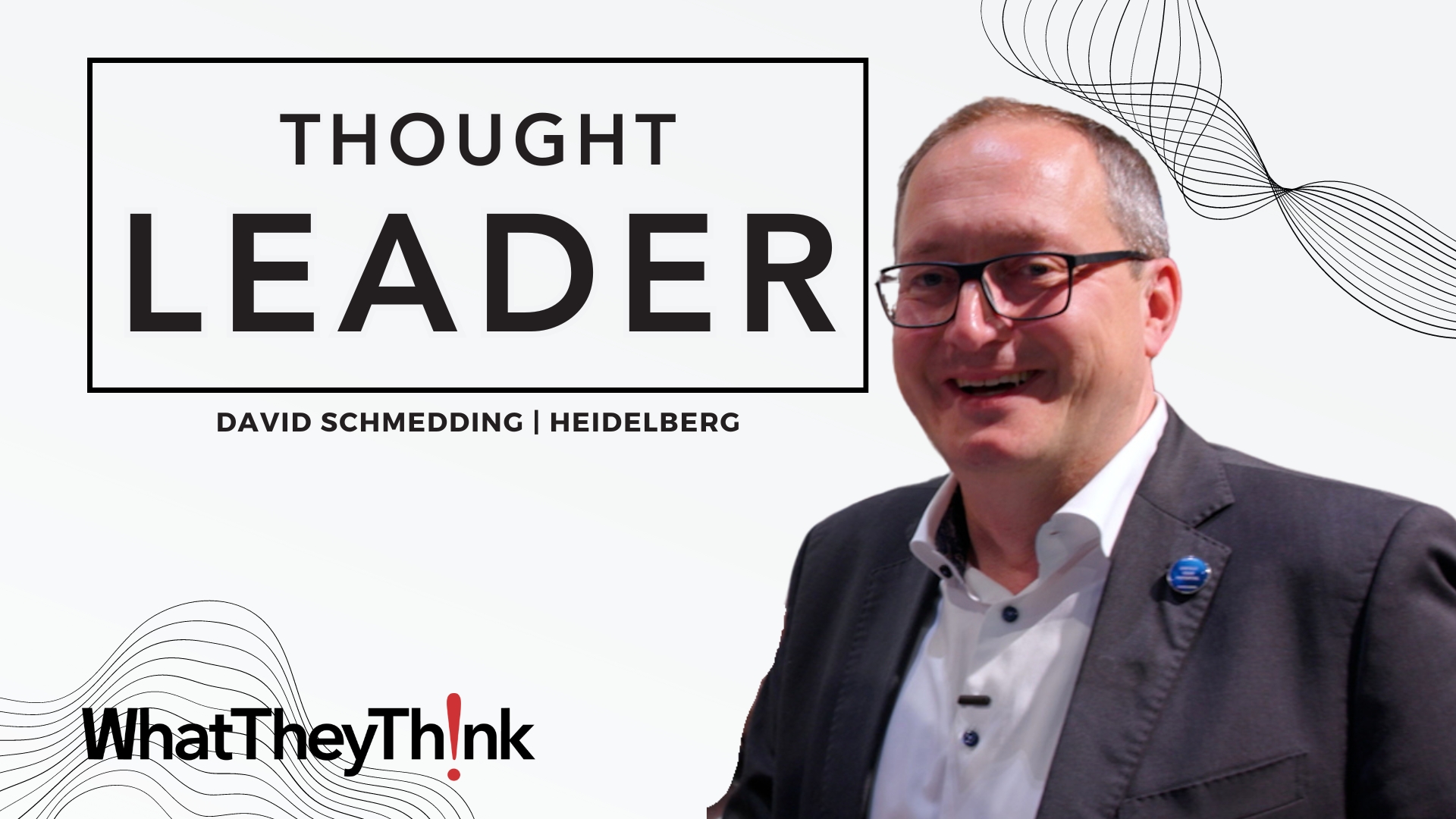
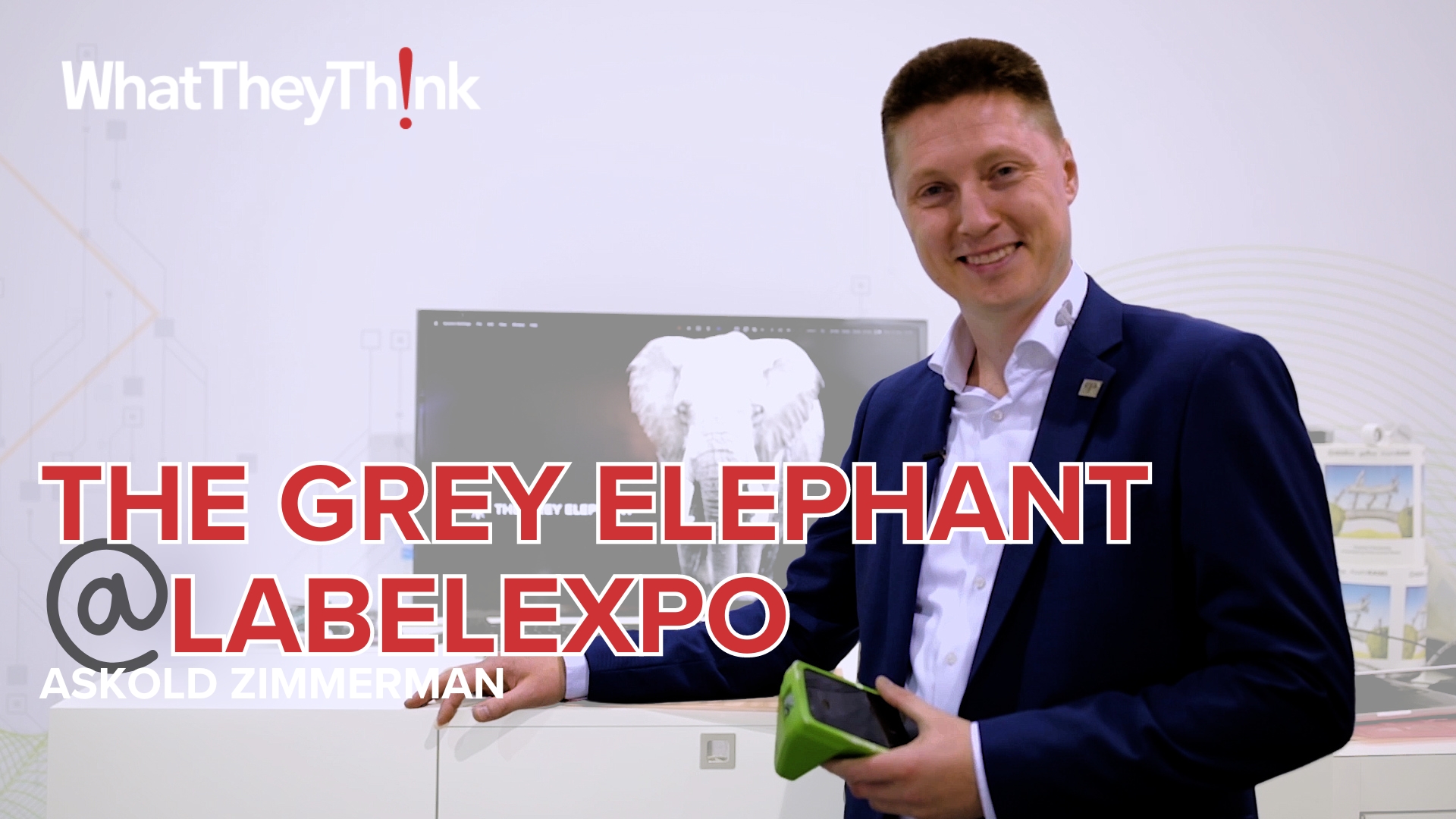


Discussion
Only verified members can comment.